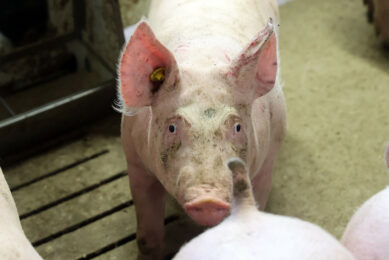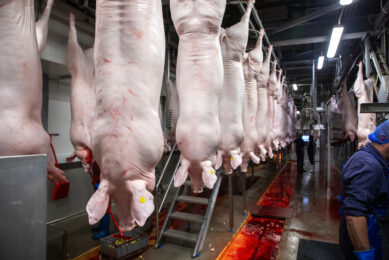Research: novel H1N1 may be human error
The World Health Organization (WHO) is investigating a claim by an Australian researcher that the novel influenza A virus (H1N1) may have been created as a result of human error.
Adrian Gibbs, who collaborated on research that led to the development of Tamiflu drug, told Bloomberg Television that he intends to publish a report suggesting the new strain, previously known as ‘swine flu’, may have accidentally evolved in eggs scientists use to grow viruses and drugmakers use to make vaccines.
Laboratory escape
Gibbs said he came to his conclusion as part of an effort to trace the virus’s origins by analysing its genetic blueprint. “One of the simplest explanations is that it’s a laboratory escape. But there are lots of others.”
In addition, Gibbs said his research found the rate of genetic mutation in the new virus was about three times faster than that of the most closely related viruses found in pigs, suggesting it evolved outside of swine.
Reviewing
The WHO received the study last weekend and is reviewing it. The US Centers for Disease Control and Prevention in Atlanta received the report as well and decided there is no evidence to support Gibbs’s conclusion.
Related websites:
Bloomberg Television©
World Health Organization











